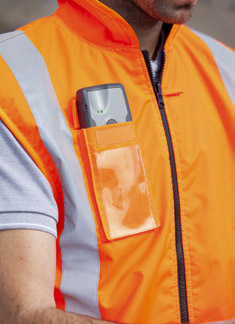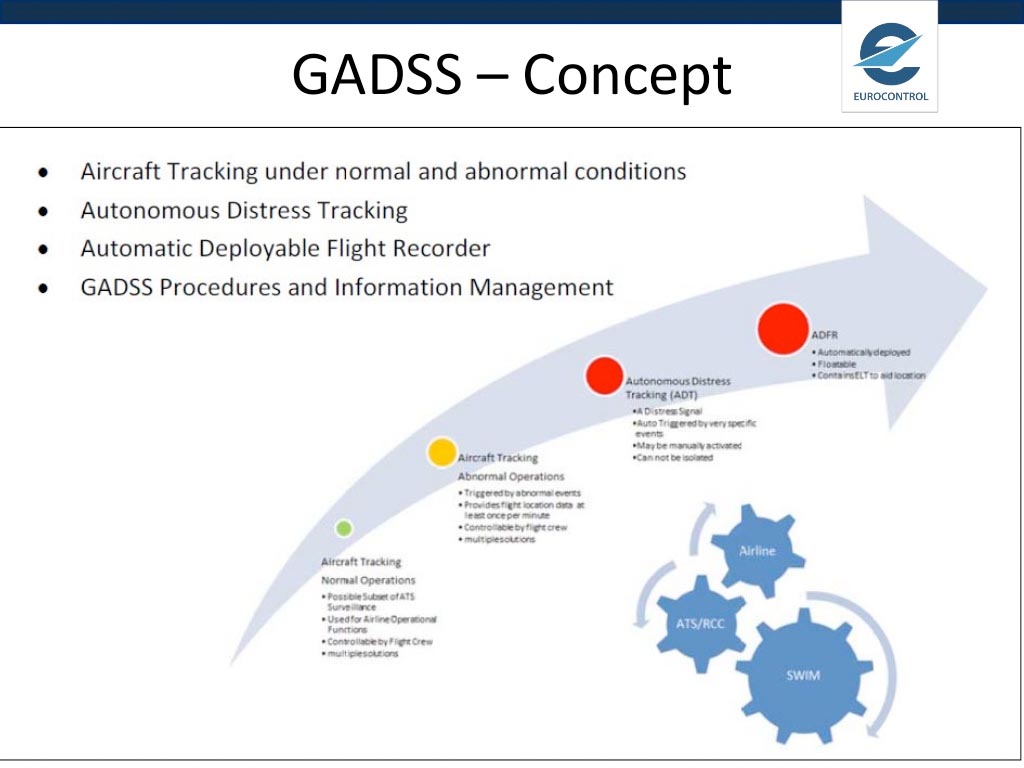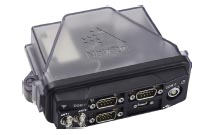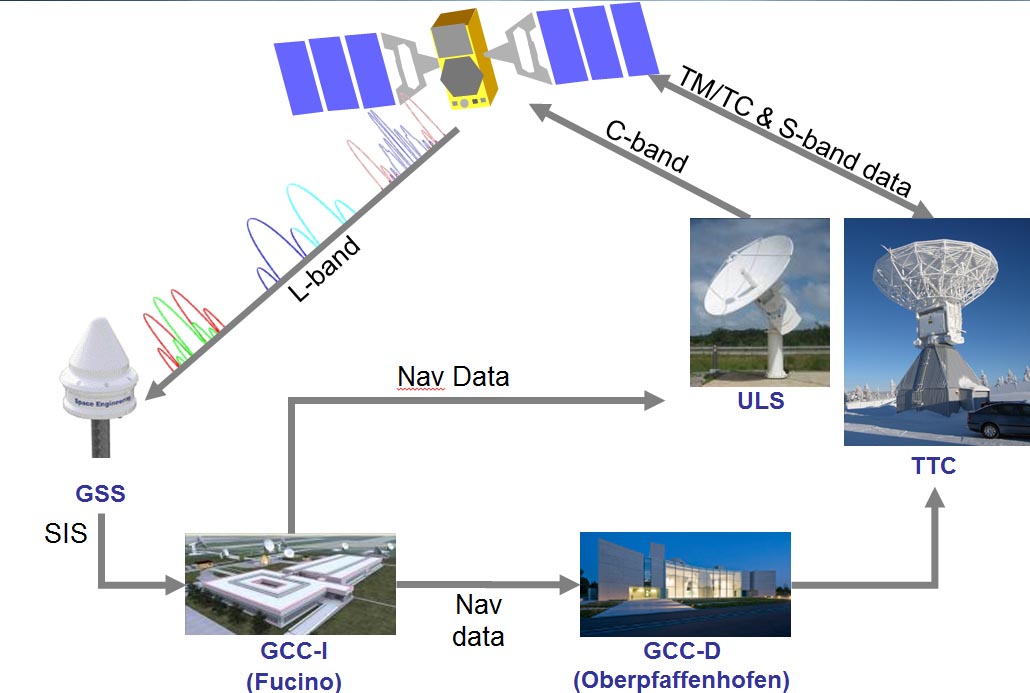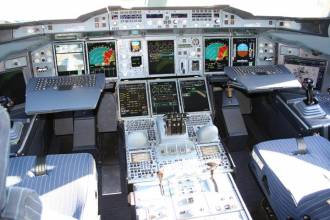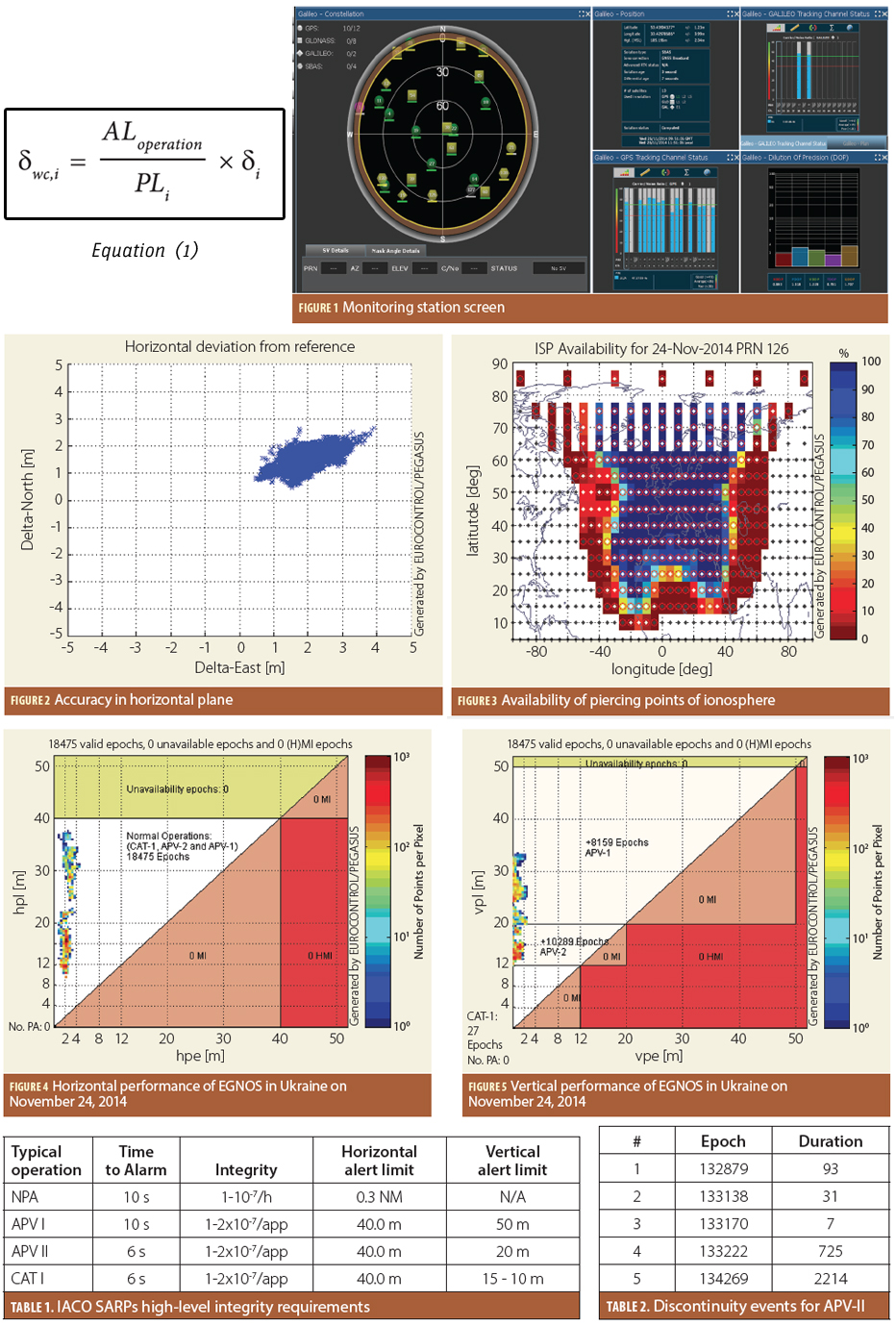DoT Sets Another GPS/GNSS Workshop on Adjacent Band Compatibility, Receiver Testing
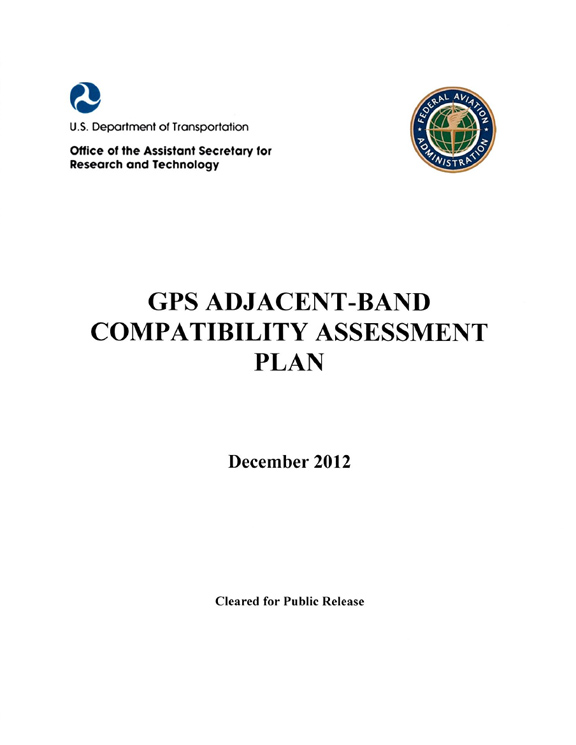
A Federal Register notice published today (February 13, 2015) announced a third U.S. Department of Transportation workshop on March 12 to continue discussions of the Global Positioning System (GPS) Adjacent Band Compatibility Assessment Plan.
The workshop will focus on identification of GPS and GNSS receivers to be considered for testing that are representative of the current categories of user applications and discuss a GPS/GNSS receiver test plan.
By Inside GNSS
